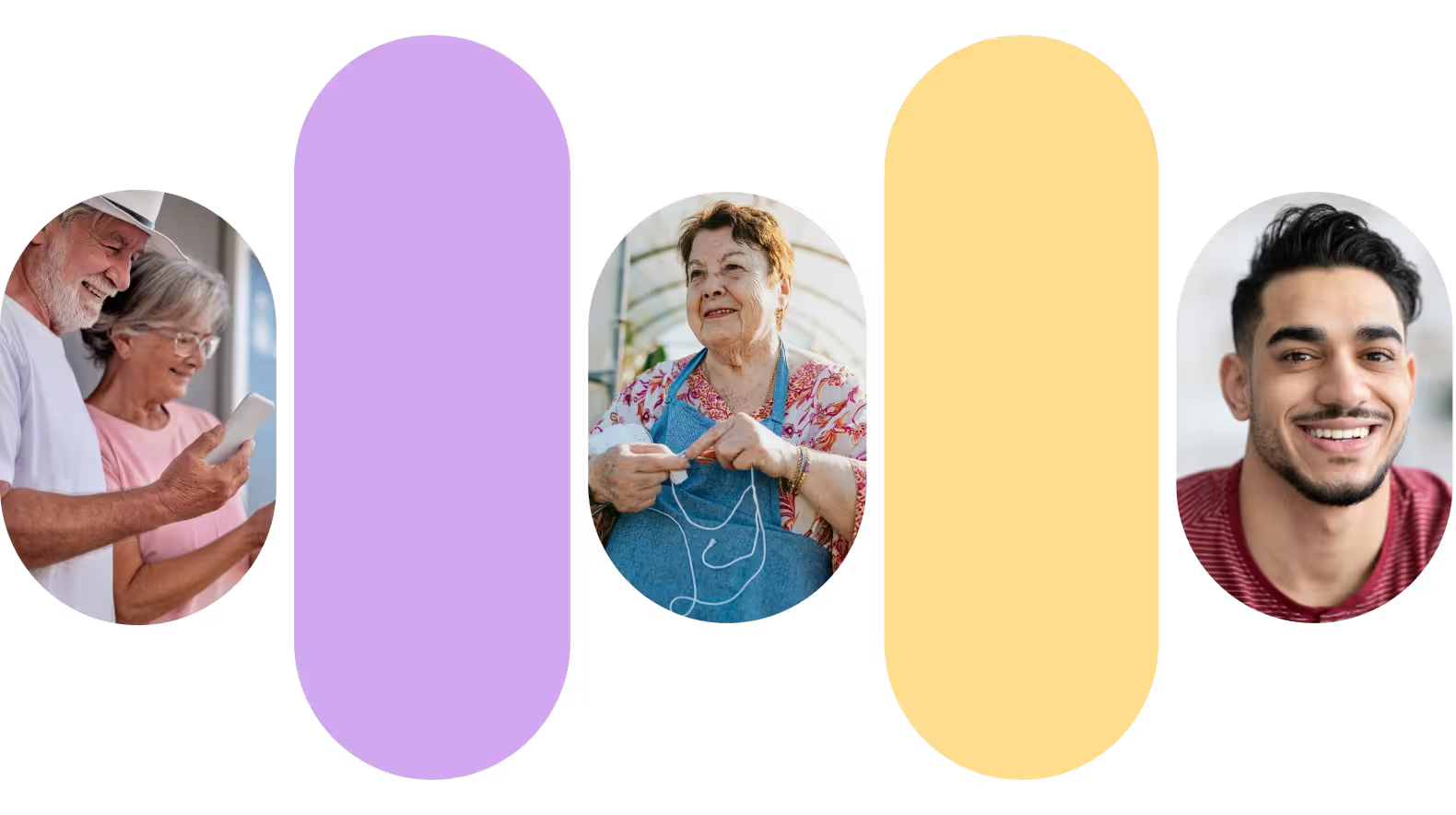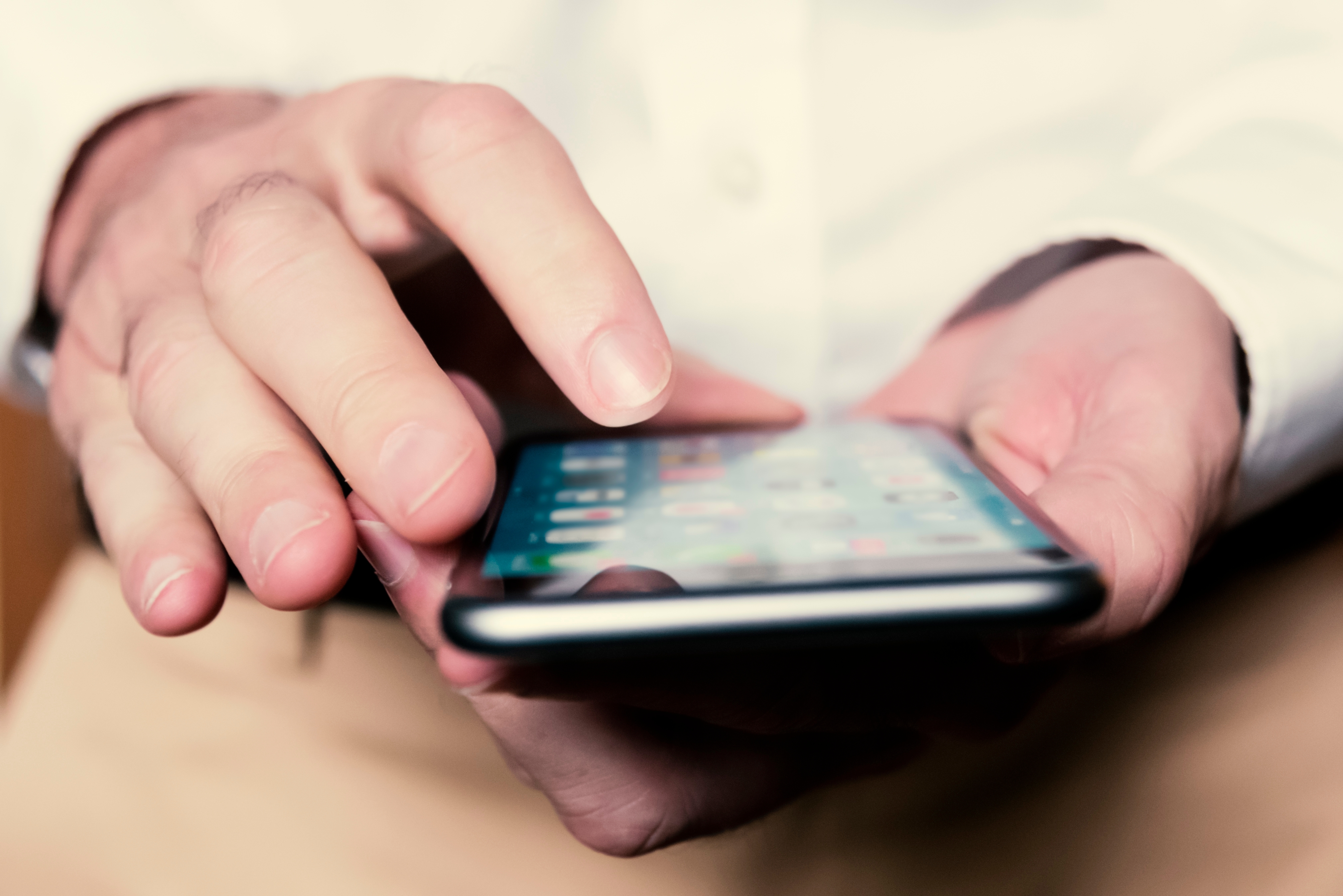Deaf Awareness Month: Why the Small Things Matter Most
In this blog post, our Head of Community, Matt Sherman, talks about why accessibility, inclusion, and connection matter in supporting the deaf community.
.jpg)
What Deaf Awareness Month Really Means
Every September, we celebrate Deaf Awareness Month. On the surface, it’s about raising visibility for the deaf and hard of hearing community.
But if you’ve lived it, you know it’s about more than one month on the calendar. It’s about shifting how people think about accessibility, inclusion, and connection throughout the year.
How can we all work together to improve as a society? All that sort of thinking.
The Small Barriers That Leave the Deepest Mark
Typically, when most people picture barriers, they often imagine the big, dramatic moments like not being able to understand a doctor, a communication barrier in the classroom, or missing critical information at work. And yes, those moments are real.
But here’s the other perspective that often gets overlooked: the hardest barriers aren’t always the big ones.
Examples of Everyday Frictions
For me, it was the small moments like these that left the deepest mark:
- The cashier making small talk I couldn’t quite catch.
- Group conversations where voices overlapped and I couldn’t keep up.
- The waiter rattling off the specials too fast to lipread.
- The jokes shared on the bus ride that I missed on.
Those moments stack up. They don’t just shape how you experience the world – they shape how you see yourself in it.
That’s why awareness isn’t always about big or bold promises. It’s about paying attention to the everyday frictions that either keep people out or invite them in.
How Access Transforms Everyday Experiences
The first time I saw a movie with captions, everything changed. Suddenly, I wasn’t piecing things together. I wasn’t pretending to understand. I understood everything.
For the first time, I got the full story. That shift wasn’t flashy or radical. But it was transformative.
That’s the heart of Deaf Awareness Month. It’s not about special treatments. It’s not about extras.
It’s about access. Reliable captions. Interpreters in classrooms and at work. Direct communication without barriers. Videos that include sign language. Meetings where Deaf people can contribute without having to fight for space.
Progress and Remaining Challenges
Over the years, I’ve seen much incredible progress:
- Technology is leveraged to work for us better every day.
- Captions are far more available today than they were when I was a kid.
- Most streaming platforms have built accessibility into their standards.
- More companies are asking the right questions.
But there’s still work to do. Because to me, accessibility isn’t a finish line – it’s an ongoing practice of listening, learning, and closing the loop on feedback.
How You Can Make a Difference This Deaf Awareness Month
So what can you do this Deaf Awareness Month? Start small.
- If you’re an employer, make sure your meetings and materials are accessible.
- If you’re a content creator, add captions to your content.
- If you’re a policymaker, think about how laws and standards can make accessibility the default, not an add-on.
- And if you’re just a friend, family member, or colleague, take the time to learn sign language, even a few words, to open yourself to a new experience and language. There are so many resources available for learning sign language these days.
Small steps like that add up. Awareness isn’t about one big gesture. It’s about the thousands of little ones that stack up into real inclusion.
Deaf Awareness: An Everyday Commitment
Deaf Awareness Month is always a good reminder. But remember this: deaf and hard of hearing people are here all year long. We’re in your classrooms, your workplaces, your gyms, your friend groups. And when access is there, we all thrive together.
So let’s use this as a starting point to ask: where are the small frictions, and how can we remove them?
Real progress doesn’t happen alone. It happens when we stand in solidarity – regardless of whether you are deaf, hard of hearing, or hearing.
When we work side by side for a world built on access and inclusion, we all thrive together.
Deaf Together. That’s what it means to move forward.












.png)
